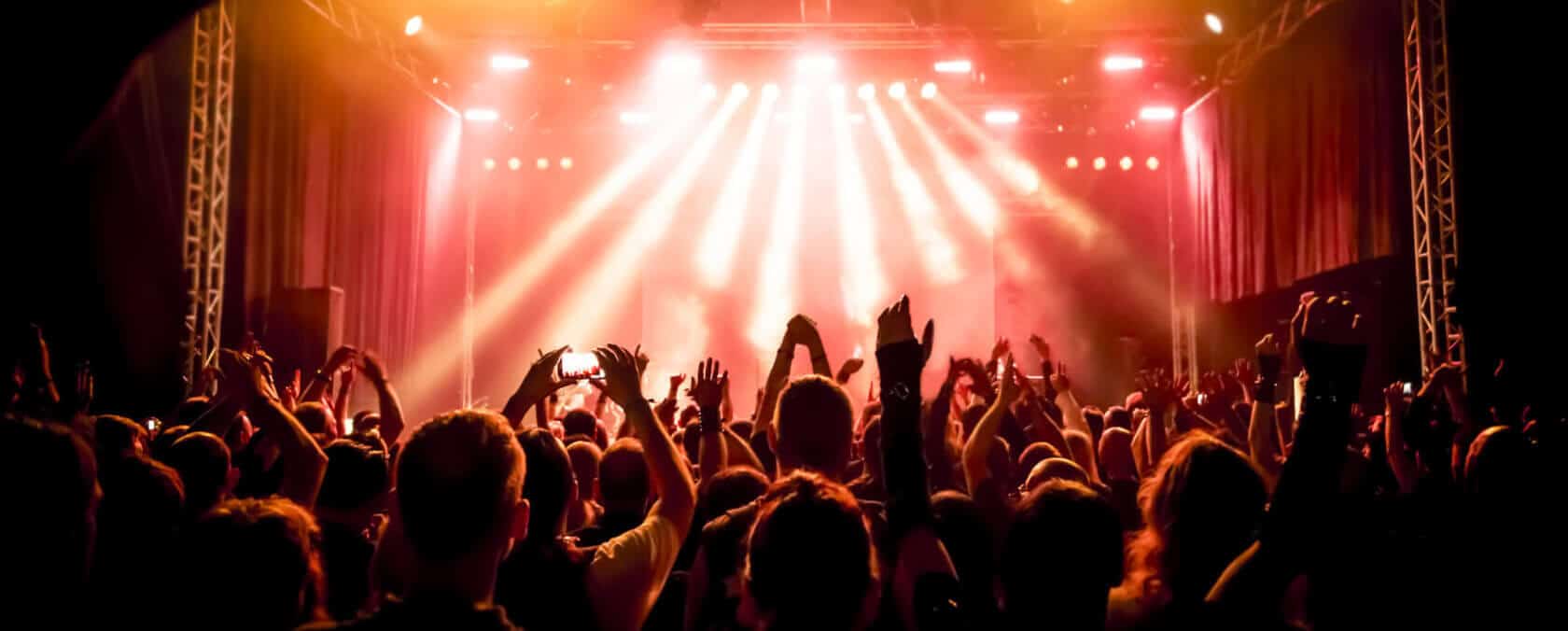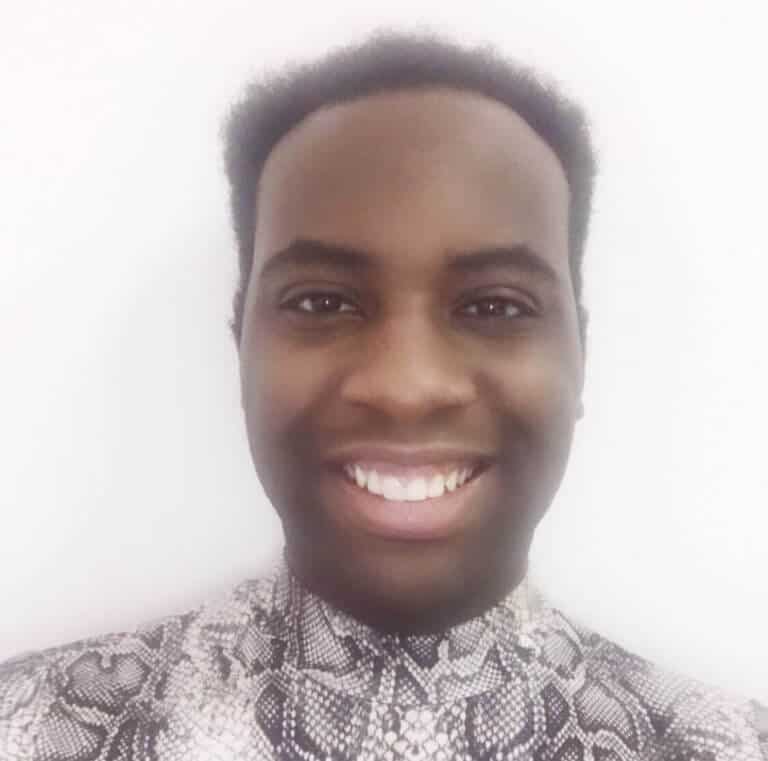The way we interact with live music can have a huge impact on us. We explore how it pulls us together.
Have you ever embraced the energy of a live concert? As live music embraces a lake of like-minded music listeners, the power of music compels us to become closer to people than ever before.
There is always a moment in a live concert, where I am mentally embraced by another music lover, as they shed a tear at the exact moment in the song as I do or recognise the mirroring of swaying movement to the music indicating our music synergy.
It is a dynamic experience of how music can bring people from all around the world, from varying walks of life, together in a powerful unity of love.
Don’t worry, this ‘hippie-infused’ dialogue won’t continue in a spiritual undertone. However, music has the capability of truly healing our thoughts and inner worries.
So why is singing and the power of song such a social elastic entity that creates a flexible way of being? The answer could very much surprise you!
Endorphins
From the beginning of our childhoods to adult events such as weddings, funerals, and university graduations, music has been narrating pivotal moments in our lives for centuries.
According to GreaterGood.Berkeley.Edu, researchers discovered in recent years that individuals have a devoted sector of the cranium for processing music, lending to the notion that music is a unique and functional part of our daily lives.
Additionally, studies have shown that listening and singing music together greatly impact the neurochemicals in the brain that play a crucial part in connection and closeness.
The releasing of endorphins amongst singing and playing music together is another important part of what brings people together. A study concluded that performing music, through dance, percussion, and singing can create higher pain thresholds in comparison to listening to music individually.
The many aspects of performance music in communal settings result in more positive emotions, which suggests stronger bonds created when interacting in playing music together.
Social Belonging
A developed experiment compared the effects of singing together in a small choir (consisting of 20-80 people) in comparison to a larger choir (consisting of 232 people) regarding the levels of closeness and in pain thresholds.
The research concluded that both choirs heavily increased their pain threshold levels after producing the act of singing.
However, the larger group experienced altering changes in social closeness after singing than the smaller choir.
This notion could suggest to researchers that endorphin creation while singing can be produced more quickly in larger groups than in smaller groups.
Music has also been heavily linked to dopamine as its involvement in regulating mood and craving behaviour lends to the pleasure one feels when listening to music.
But music is more than just a common pleasure. Many social experiments have proved that music helps create a sense of group identity.
Live Music And Positivity
Researchers Chris Loerch and Nathan Arbuckle studied how musical reactivity has a strong correlation to group processes such as a sense of belonging, and positivity within the community and is a positive reactor to group conflict and threat.
Loerch and Arbuckle also studied the idea that music makes individuals affiliate with groups. How? Some believe that the rhythmic patterns in music help people sync up their craniums and coordinate their bodies’ movement with others as it translates to a bigger group.
This musical reaction to synchronize seems to become more important as individuals progress in age.
A study formulated a musical understanding surrounding adult’s listening habits in correlation to productivity. The study provided adult participants three categories of music. Rhythmic music, non-rhythmic and or white noise.
With developing distinct tasks to be completed during their listening times, the study concluded that adults that listen to rhythmic music finished the experiment’s tasks more efficiently than those who listened to the other sounds.
This notion can suggest that rhythm in music promotes behaviours that can be linked to social cohesion.
Some may argue that music can separate us, as genres tend to associate with various age demographics, gender, sex, race, and identity.
As music was made for inclusion, some music in today’s modern music world could divide and create exclusivity for music listeners.
So, when you are rocking out at your next live concert, remember how powerful music can be and its ability to bring people closer together.
All of this evidence and many more, confirms that music plays a crucial part in our social relationships. This is why music is a natural resource for bonding individuals together. From live concerts, or social events music can aid in connecting.
If we want to create a world and macro society that cares, cooperates, and appreciates the varying contributions individuals make to our lives, we would do well with continuing to include music in our everyday lives.
Live music can live long in the memory but why does music and memory have an intriguing relationship? We explored.
Support us!
All your donations will be used to pay the magazine’s journalists and to support the ongoing costs of maintaining the site.
Share this post
Interested in co-operating with us?
We are open to co-operation from writers and businesses alike. You can reach us on our email at [email protected]/[email protected] and we will get back to you as quick as we can.










